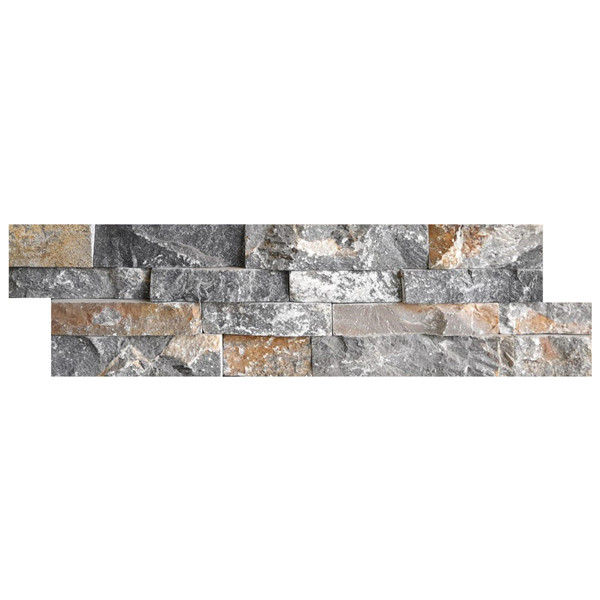Exploring the Art and Science of Cultured Granite A Comprehensive Guide
Introduction:
In the world of interior design and architecture, the use of natural stone has always been synonymous with luxury, elegance, and sophistication. Granite, in particular, has long been revered for its durability, beauty, and timeless appeal. However, the high cost, limited availability, and environmental concerns associated with natural granite have led to the development of alternative materials that mimic the look and feel of natural stone. One such material that has gained popularity in recent years is cultured granite.
Cultured granite is a man-made material that combines natural minerals, resins, and pigments to create a product that closely resembles the appearance and texture of natural granite. In this comprehensive guide, we will explore the art and science behind cultured granite, its manufacturing process, benefits, applications, and maintenance requirements.
History and Evolution of Cultured Granite:
The concept of cultured granite can be traced back to the mid-20th century when researchers and engineers began experimenting with synthetic materials to create cost-effective alternatives to natural stone. Initially, these materials were limited in their ability to replicate the intricate patterns and textures of natural stone. However, advancements in technology and manufacturing processes have led to the development of cultured granite that closely mimics the look and feel of natural granite.
The manufacturing process of cultured granite involves blending crushed natural minerals, such as quartz, feldspar, and mica, with resins and pigments to create a slurry that is poured into molds and cured under controlled conditions. This process allows for the customization of colors, patterns, and textures, making cultured granite a versatile material that can be tailored to suit a wide range of design preferences.

Benefits of Cultured Granite:
Cultured granite offers a host of benefits that make it an attractive alternative to natural stone for a variety of applications. Some of the key advantages of cultured granite include:
1. Cost-Effectiveness: Cultured granite is generally more affordable than natural granite, making it a cost-effective option for homeowners and designers working within a budget.
2. Variety of Colors and Patterns: Cultured granite can be customized to mimic a wide range of natural stone colors and patterns, allowing for greater design flexibility and creativity.
3. Durability: Cultured granite is highly durable and resistant to scratches, stains, and heat, making it an ideal choice for high-traffic areas such as kitchens and bathrooms.
4. Easy Maintenance: Cultured granite is non-porous, which means it is easy to clean and maintain. It does not require sealing like natural stone and is resistant to mold and mildew.
5. mosaic tile : Cultured granite is manufactured using a combination of natural minerals and resins, making it a more environmentally friendly option compared to natural stone, which requires quarrying and extraction processes that can have a significant impact on the environment.
Applications of Cultured Granite:
Cultured granite can be used in a wide range of applications, both residential and commercial. Some of the most common uses of cultured granite include:
1. Countertops: Cultured granite countertops are a popular choice for kitchens and bathrooms due to their durability, versatility, and aesthetic appeal. They can be customized to match the style and color scheme of any space.
2. Vanity Tops: Cultured granite vanity tops are a stylish and practical option for bathrooms, providing a durable and easy-to-maintain surface for daily use.
3. Shower Surrounds: Cultured granite shower surrounds offer a luxurious and elegant look that can enhance the overall aesthetic of a bathroom while providing a durable and water-resistant surface.
4. Flooring: Cultured granite flooring is a durable and low-maintenance option for high-traffic areas such as lobbies, corridors, and commercial spaces.
5. Wall Cladding: Cultured granite wall cladding can create a dramatic focal point in any room, adding depth and texture to the space.
Maintenance of Cultured Granite:
While cultured granite is a durable and low-maintenance material, proper care and maintenance are essential to ensure its longevity and preserve its aesthetic appeal. Here are some tips for maintaining cultured granite surfaces:
1. Cleaning: Use a mild soap or a pH-balanced cleaner and warm water to clean cultured granite surfaces regularly. Avoid harsh chemicals or abrasive cleaners that can damage the surface.
2. Sealing: Cultured granite is non-porous and does not require sealing like natural stone. However, it is recommended to apply a protective coating periodically to enhance its resistance to stains and scratches.
3. Avoid Heat Damage: While cultured granite is heat-resistant, it is still advisable to use trivets or hot pads under hot cookware or hair styling tools to prevent damage to the surface.
4. Prevent Scratches: Use cutting boards and avoid dragging heavy or sharp objects across cultured granite surfaces to prevent scratches and dents.
5. Avoid Harsh Chemicals: Avoid using acidic or abrasive cleaners, as they can damage the surface of cultured granite. Instead, opt for gentle cleaners that are specifically formulated for use on stone surfaces.
Conclusion:
Cultured granite is a versatile and cost-effective alternative to natural stone that offers a wide range of benefits for homeowners, designers, and architects. Its durability, aesthetic appeal, and ease of maintenance make it an ideal choice for a variety of applications, from countertops and vanity tops to shower surrounds and flooring. By understanding the manufacturing process, benefits, applications, and maintenance requirements of cultured granite, individuals can make informed decisions when choosing this material for their design projects. As the demand for sustainable and aesthetically pleasing building materials continues to grow, cultured granite is poised to remain a popular choice for those seeking the beauty of natural stone without the associated costs and environmental impact.